Home>Gardening & Outdoor>Outdoor Entertaining>What Type Of Wood For A Picnic Table
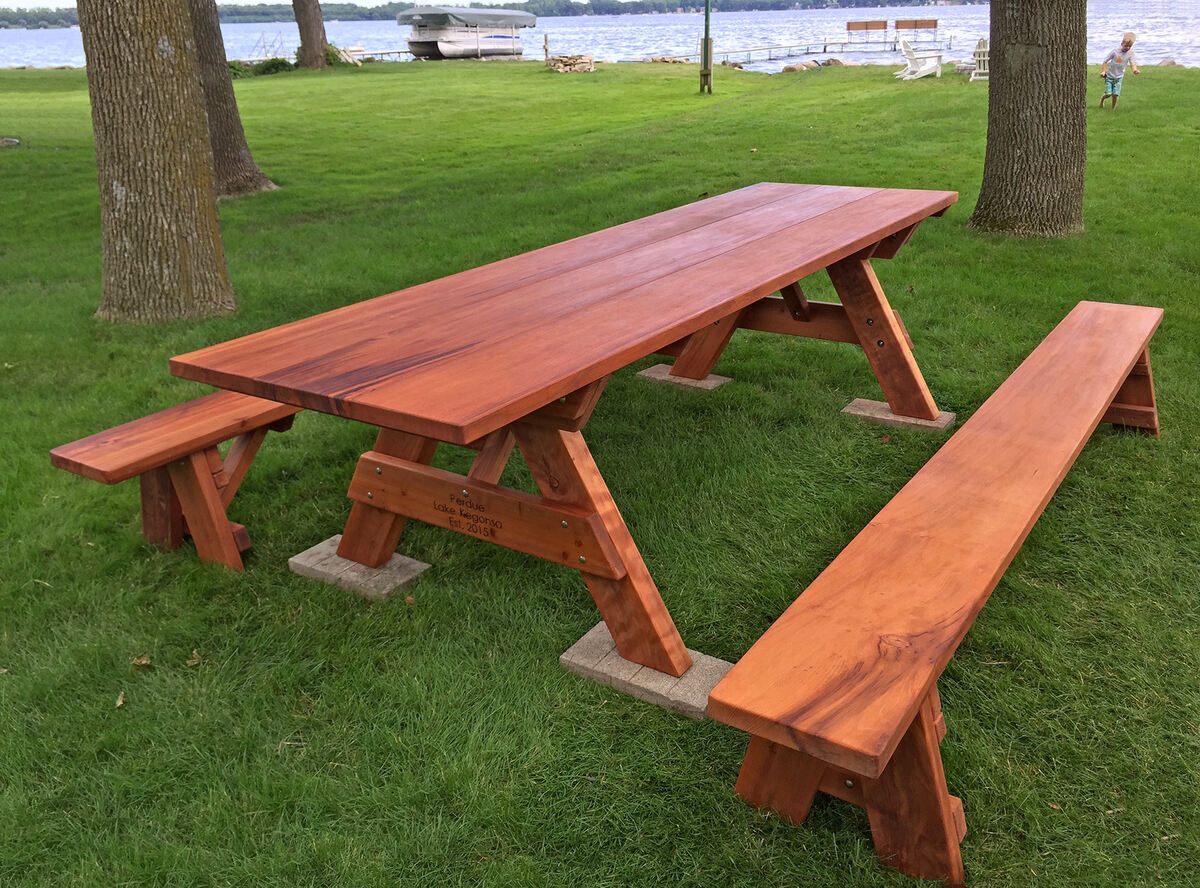

Outdoor Entertaining
What Type Of Wood For A Picnic Table
Modified: February 26, 2024
Discover the best type of wood for your outdoor entertaining needs with our guide to choosing the perfect material for your picnic table. Explore the top options for durability and aesthetics.
(Many of the links in this article redirect to a specific reviewed product. Your purchase of these products through affiliate links helps to generate commission for Storables.com, at no extra cost. Learn more)
**
Introduction
**
When it comes to outdoor entertaining, few things can rival the charm and practicality of a well-crafted picnic table. Whether it's for hosting lively backyard barbecues, enjoying leisurely al fresco meals with loved ones, or simply unwinding in the embrace of nature, a picnic table serves as the quintessential centerpiece for outdoor gatherings. However, the durability and aesthetic appeal of a picnic table greatly depend on the type of wood used in its construction.
In this comprehensive guide, we'll delve into the various factors to consider when selecting wood for a picnic table, explore the types of wood that are best suited for this purpose, and discuss essential maintenance practices to ensure the longevity of your wooden picnic table. By the end of this article, you'll be equipped with the knowledge needed to make an informed decision and care for your picnic table, ensuring it remains a cherished fixture in your outdoor space for years to come. So, let's embark on this journey to discover the perfect wood for your picnic table!
**
Key Takeaways:
- Choose cedar, redwood, or teak for a durable and low-maintenance picnic table. These woods resist decay, insects, and warping, ensuring a long-lasting and visually appealing outdoor centerpiece.
- Regular cleaning, sealing, and inspections are key to preserving your wooden picnic table. Protect it from the elements and adjust maintenance based on seasons for lasting beauty and functionality.
Factors to Consider When Choosing Wood for a Picnic Table
**
When selecting the ideal wood for a picnic table, several crucial factors come into play, each influencing the table’s longevity, appearance, and overall performance. Understanding these factors is essential for making an informed decision that aligns with your specific needs and preferences. Here are the key considerations:
-
Durability: Outdoor picnic tables are exposed to various environmental elements, including sunlight, moisture, and temperature fluctuations. Opting for a wood species renowned for its durability, such as cedar, redwood, or teak, can significantly enhance the table's ability to withstand these conditions without succumbing to decay or structural issues.
-
Resistance to Decay and Insects: Wood that possesses natural resistance to decay and insect infestations is highly desirable for picnic table construction. Species like cedar and redwood contain natural oils and compounds that act as deterrents against rot and pests, making them excellent choices for outdoor furniture.
-
Stability: The wood's stability, particularly its ability to resist warping, twisting, or cracking, is crucial for maintaining the structural integrity of the picnic table over time. Hardwoods like oak and teak are renowned for their stability, ensuring that the table remains sturdy and visually appealing even after prolonged exposure to outdoor conditions.
-
Maintenance Requirements: Consider the level of maintenance you are willing to commit to. Some wood species, such as cedar, are relatively low-maintenance, requiring minimal upkeep to preserve their appearance and structural integrity. Others, like teak, may demand more intensive maintenance to retain their natural color and resist weathering.
-
Aesthetic Appeal: The visual aspect of the wood cannot be overlooked. Different wood species exhibit unique grain patterns, colors, and natural beauty. Your choice of wood should align with your aesthetic preferences and complement the surrounding outdoor environment, enhancing the overall appeal of your outdoor space.
-
Budget: Your budget will naturally influence the type of wood you can consider for your picnic table. While premium hardwoods like teak and ipe offer exceptional durability and aesthetics, they often come with a higher price tag. On the other hand, cedar and pressure-treated pine provide a balance of affordability and performance.
By carefully evaluating these factors, you can narrow down your options and make an informed decision that results in a picnic table perfectly tailored to your outdoor entertaining needs and preferences.
**
Types of Wood Suitable for Picnic Tables
**
When it comes to choosing the right wood for a picnic table, several wood species stand out for their exceptional qualities that make them well-suited for outdoor furniture. Each type of wood brings its unique blend of durability, aesthetics, and maintenance requirements to the table. Here are some of the most popular options:
-
Cedar: Cedar is a beloved choice for picnic tables due to its natural resistance to decay and insects. The wood emits a pleasant aroma and boasts a charming reddish-brown hue, adding warmth to outdoor settings. Cedar requires minimal maintenance and, if left untreated, gracefully weathers to a silvery gray patina over time.
-
Redwood: Renowned for its rich, reddish-brown color and impressive durability, redwood is a premium choice for picnic table construction. It contains natural oils that enhance its resistance to decay and insect damage, making it a long-lasting and visually striking option for outdoor furniture.
-
Teak: Teak is revered for its unparalleled durability and resistance to moisture, making it a top-tier choice for outdoor furniture, including picnic tables. This hardwood boasts a stunning golden-brown hue and requires minimal maintenance to retain its natural luster. While teak comes with a higher price point, its longevity and timeless elegance make it a worthwhile investment.
-
Pressure-Treated Pine: As an affordable and readily available option, pressure-treated pine is a popular choice for picnic tables. Treated with preservatives to enhance its resistance to decay and insects, this wood offers a balance of affordability and durability. Regular maintenance, such as staining or sealing, can prolong its lifespan and maintain its appearance.
-
Ipe: Known for its exceptional hardness and resistance to rot, decay, and insect infestations, ipe is a robust and visually striking choice for picnic tables. This South American hardwood features a deep, rich brown color that can be maintained with regular oiling to preserve its natural beauty.
Each of these wood species brings its distinct characteristics to the table, allowing you to select the ideal option based on your specific preferences, budget, and the desired aesthetic for your outdoor space. By carefully considering the unique traits of each wood type, you can make an informed decision that ensures your picnic table becomes a durable, visually appealing, and cherished addition to your outdoor entertaining area.
**
When choosing wood for a picnic table, opt for a durable and weather-resistant option like cedar, redwood, or pressure-treated pine. These types of wood will hold up well to outdoor conditions and last longer.
Maintenance and Care for Wooden Picnic Tables
**
Proper maintenance is essential for preserving the beauty and structural integrity of wooden picnic tables, ensuring they remain inviting and functional outdoor fixtures for years to come. By implementing regular care practices, you can protect the wood from environmental wear and tear while enhancing its natural appeal. Here are key maintenance tips to consider:
-
Cleaning and Regular Inspections: Regularly clean the picnic table to remove dirt, debris, and organic matter that can promote moisture retention and decay. Use a gentle soap solution and a soft-bristle brush to scrub the surface, followed by thorough rinsing. Additionally, inspect the table for any signs of wear, loose fasteners, or damage, addressing any issues promptly to prevent further deterioration.
-
Sealing and Staining: Applying a high-quality sealant or wood stain helps protect the wood from moisture, UV exposure, and fungal growth. Sealants create a protective barrier, while stains enhance the wood’s natural color and grain. Ensure the table is thoroughly cleaned and dried before applying the sealant or stain, and reapply as needed according to the product’s instructions.
-
Regular Maintenance Schedule: Establish a routine maintenance schedule that includes tasks such as resealing, restaining, and tightening fasteners. Regularly inspect the table for any signs of wear or damage, addressing issues promptly to prevent more extensive repairs in the future.
-
Protection from the Elements: Whenever possible, protect the picnic table from prolonged exposure to harsh elements by utilizing covers or positioning it in shaded areas. This helps minimize the impact of UV rays, moisture, and extreme weather conditions, prolonging the wood’s lifespan and maintaining its appearance.
-
Seasonal Care: Adjust your maintenance efforts based on seasonal changes. In preparation for winter, consider storing the picnic table in a sheltered area or applying an extra layer of protective sealant to safeguard it from the harsh conditions. In the spring, thoroughly clean the table and address any issues that may have arisen during the colder months.
By adhering to a consistent maintenance regimen and implementing these care practices, you can safeguard your wooden picnic table against environmental stressors and preserve its natural beauty and functionality. This proactive approach ensures that your outdoor gatherings are accompanied by a well-maintained and inviting picnic table, creating lasting memories and enhancing the allure of your outdoor space.
**
Conclusion
**
Choosing the right wood for your picnic table is a decision that encompasses durability, aesthetics, maintenance, and budget considerations. By carefully evaluating these factors and exploring the diverse range of wood species available, you can select a material that aligns with your outdoor entertaining needs while harmonizing with the natural beauty of your outdoor space.
Whether you opt for the natural resistance of cedar and redwood, the timeless elegance of teak, the affordability of pressure-treated pine, or the robustness of ipe, each wood type offers distinct advantages that cater to different preferences and requirements. Your choice of wood sets the stage for creating a welcoming and enduring centerpiece for outdoor gatherings, where cherished moments and shared experiences unfold.
Furthermore, the maintenance and care practices outlined in this guide empower you to safeguard your wooden picnic table against the rigors of outdoor exposure, ensuring that it remains a resilient and captivating addition to your outdoor environment. By implementing regular cleaning, sealing, and inspections, you can prolong the lifespan of the table while preserving its natural allure.
Ultimately, the perfect wood for your picnic table is one that resonates with your vision for outdoor enjoyment, reflects your personal style, and withstands the test of time. Whether it’s the warm glow of cedar, the rich hues of redwood, or the enduring strength of teak, your chosen wood sets the stage for countless gatherings, creating a space where laughter, conversation, and connection thrive.
As you embark on the journey of selecting and caring for your wooden picnic table, may this guide serve as a valuable companion, empowering you to make informed decisions and cherish the enduring beauty and functionality of this timeless outdoor essential.
Frequently Asked Questions about What Type Of Wood For A Picnic Table
Was this page helpful?
At Storables.com, we guarantee accurate and reliable information. Our content, validated by Expert Board Contributors, is crafted following stringent Editorial Policies. We're committed to providing you with well-researched, expert-backed insights for all your informational needs.
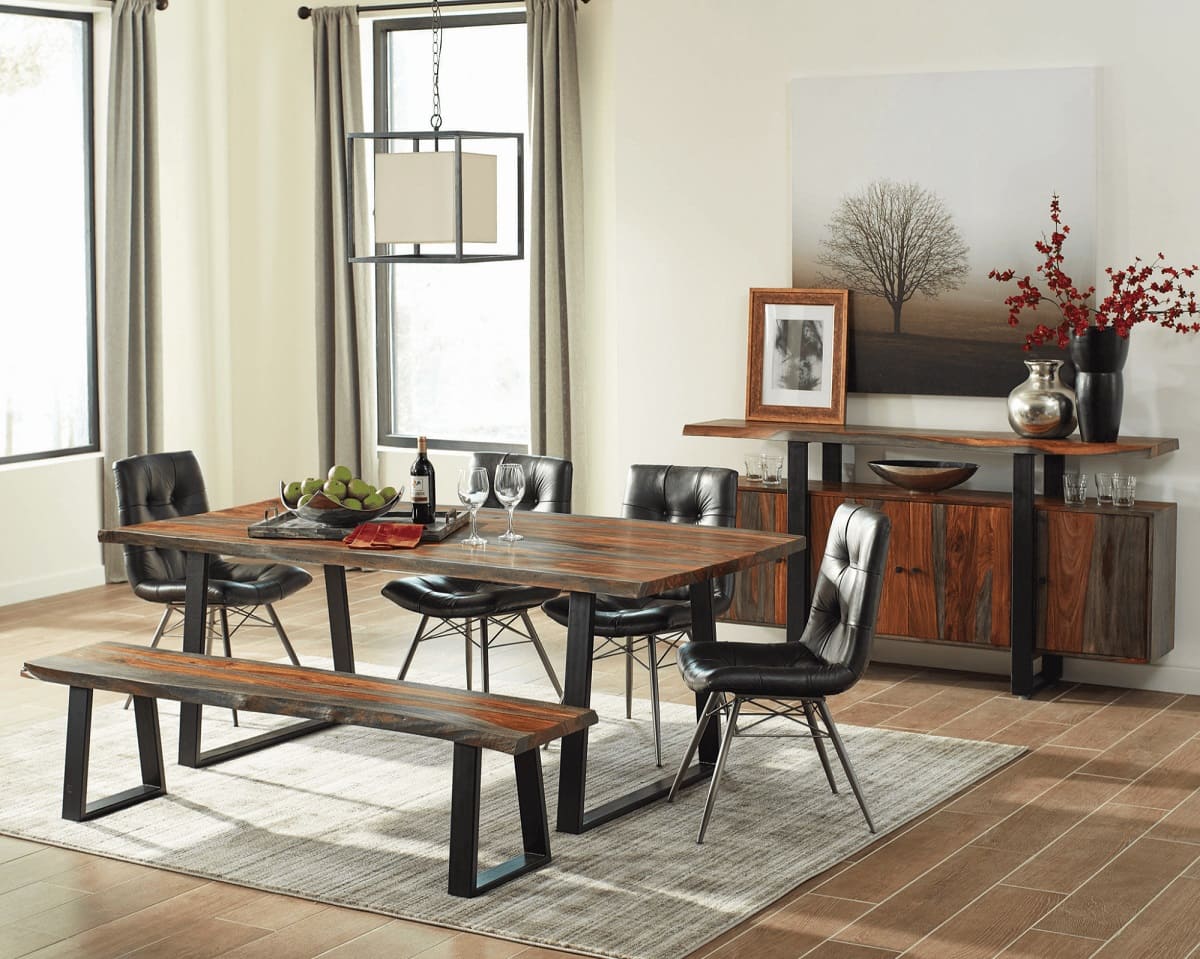
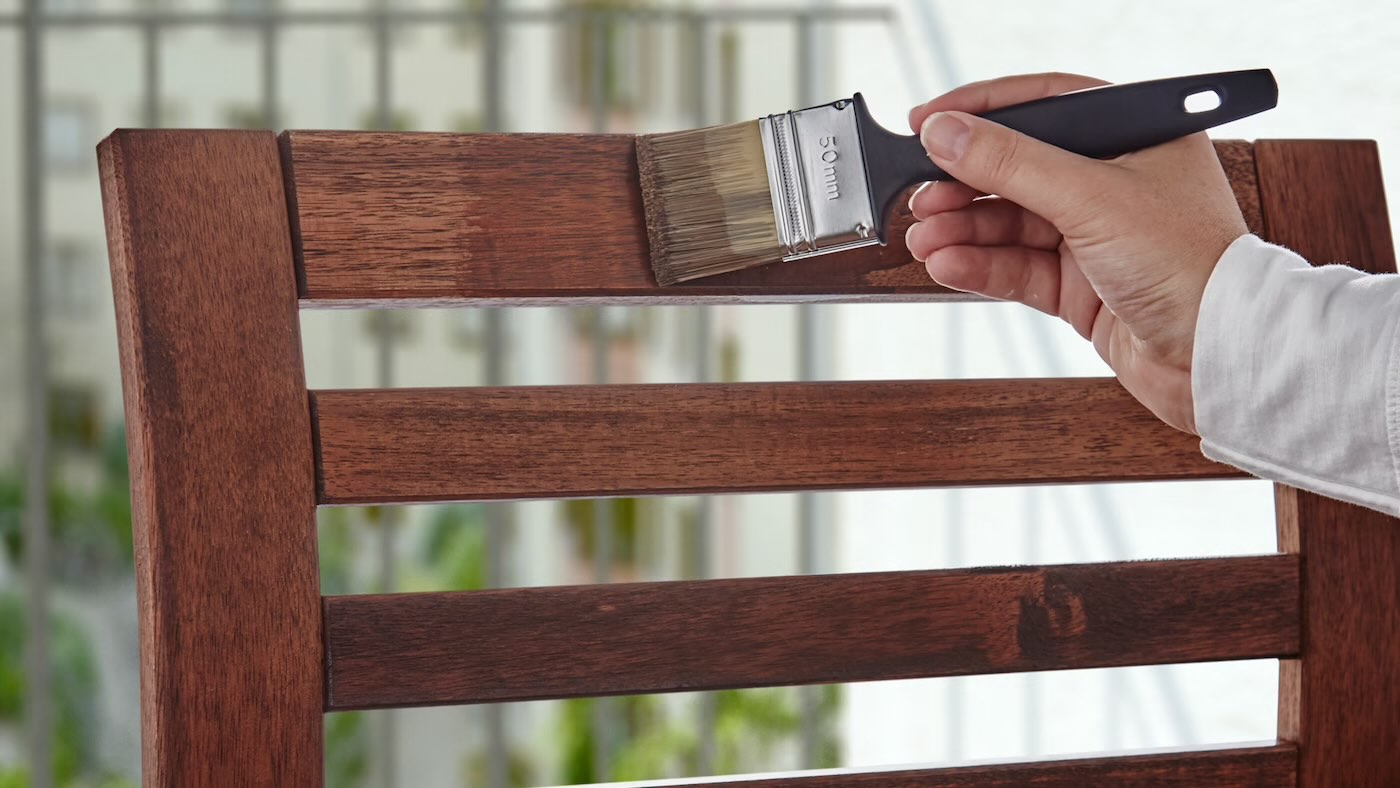
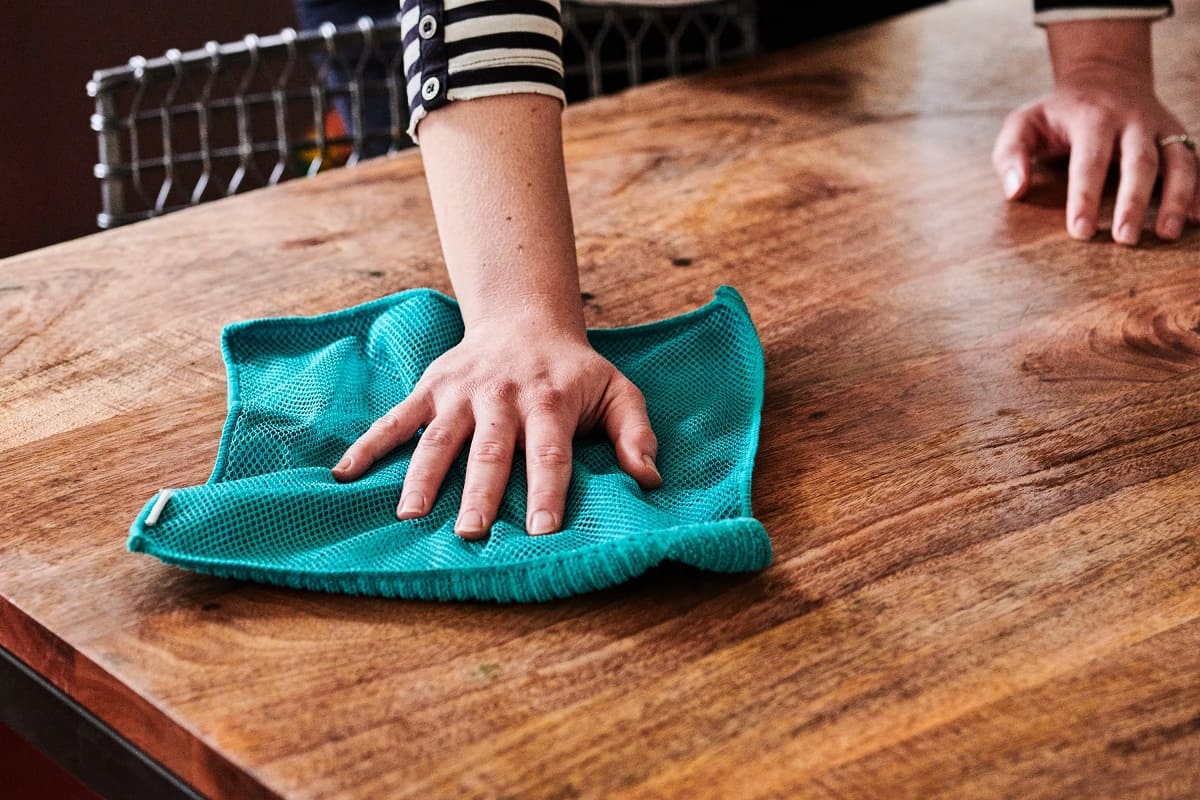
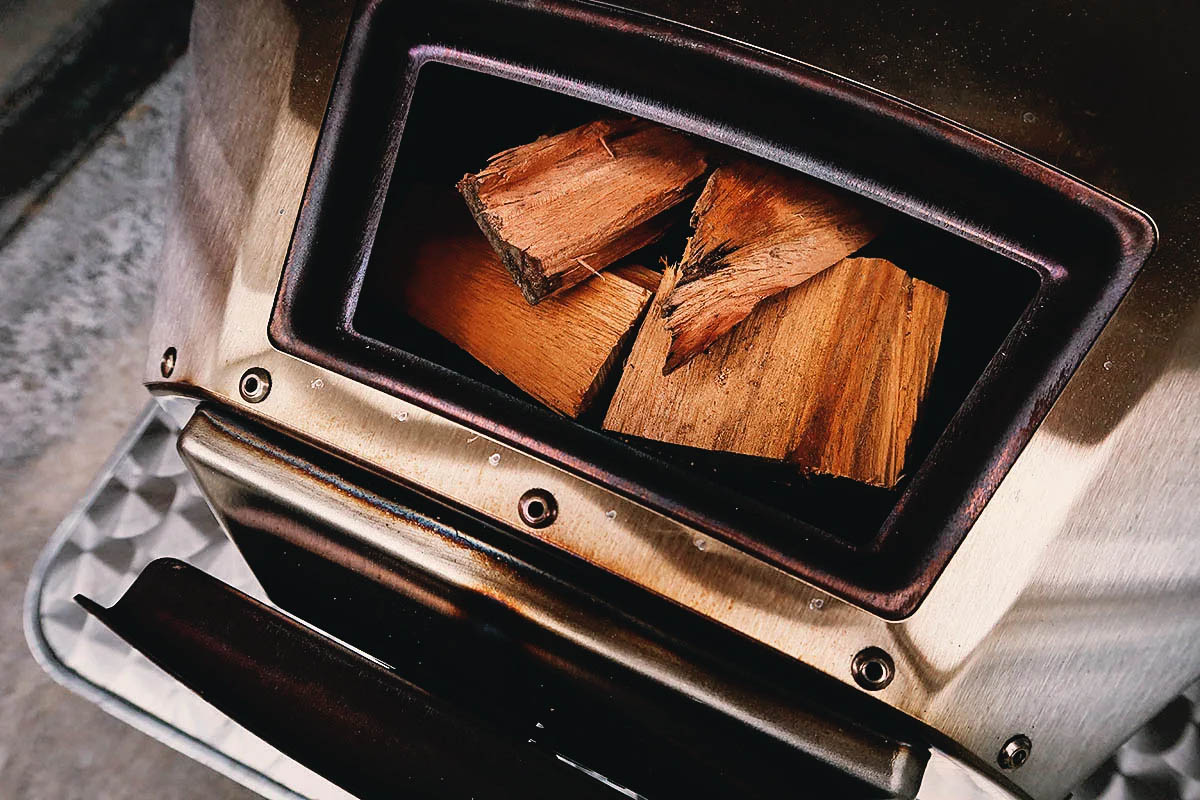


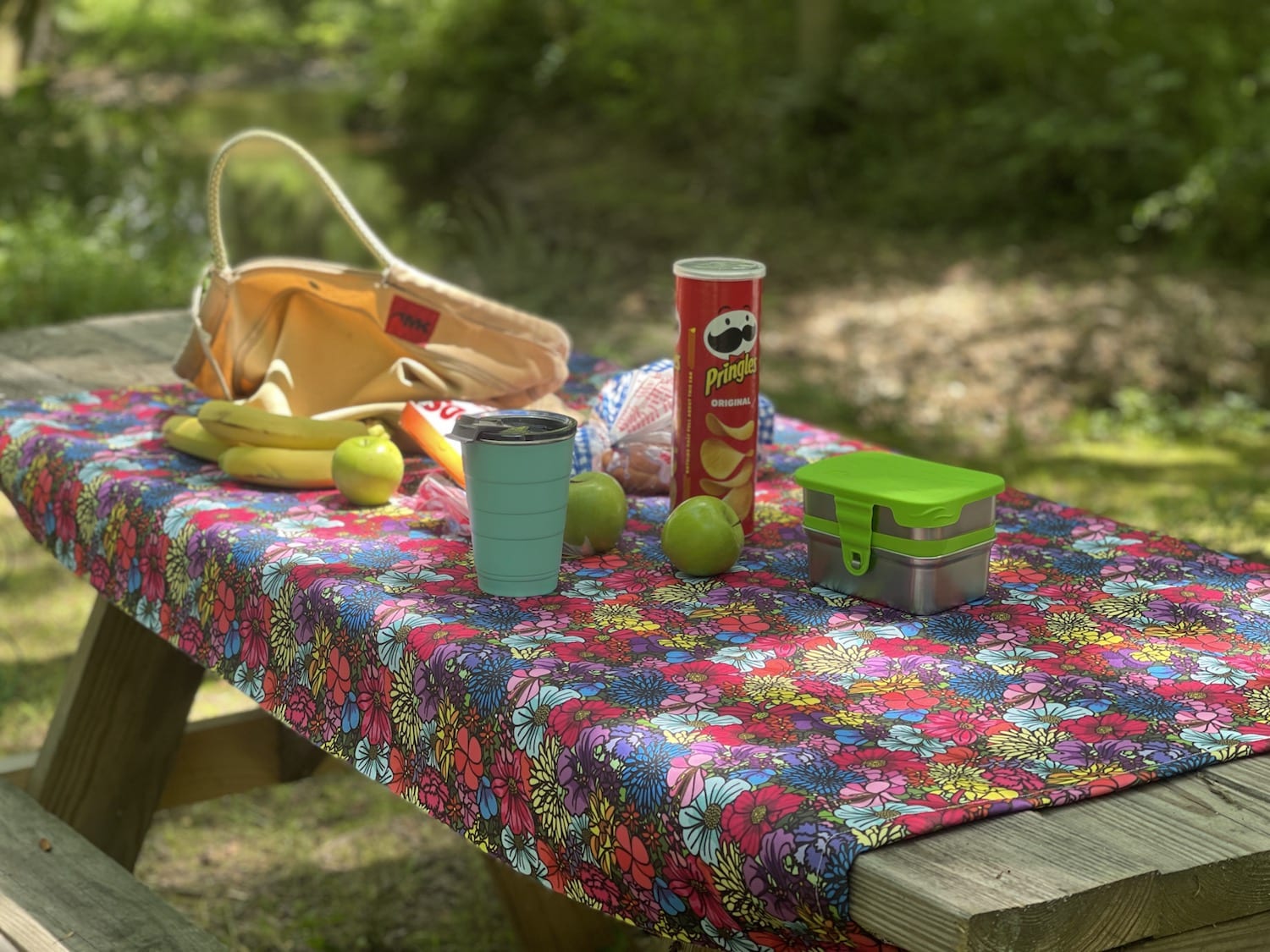
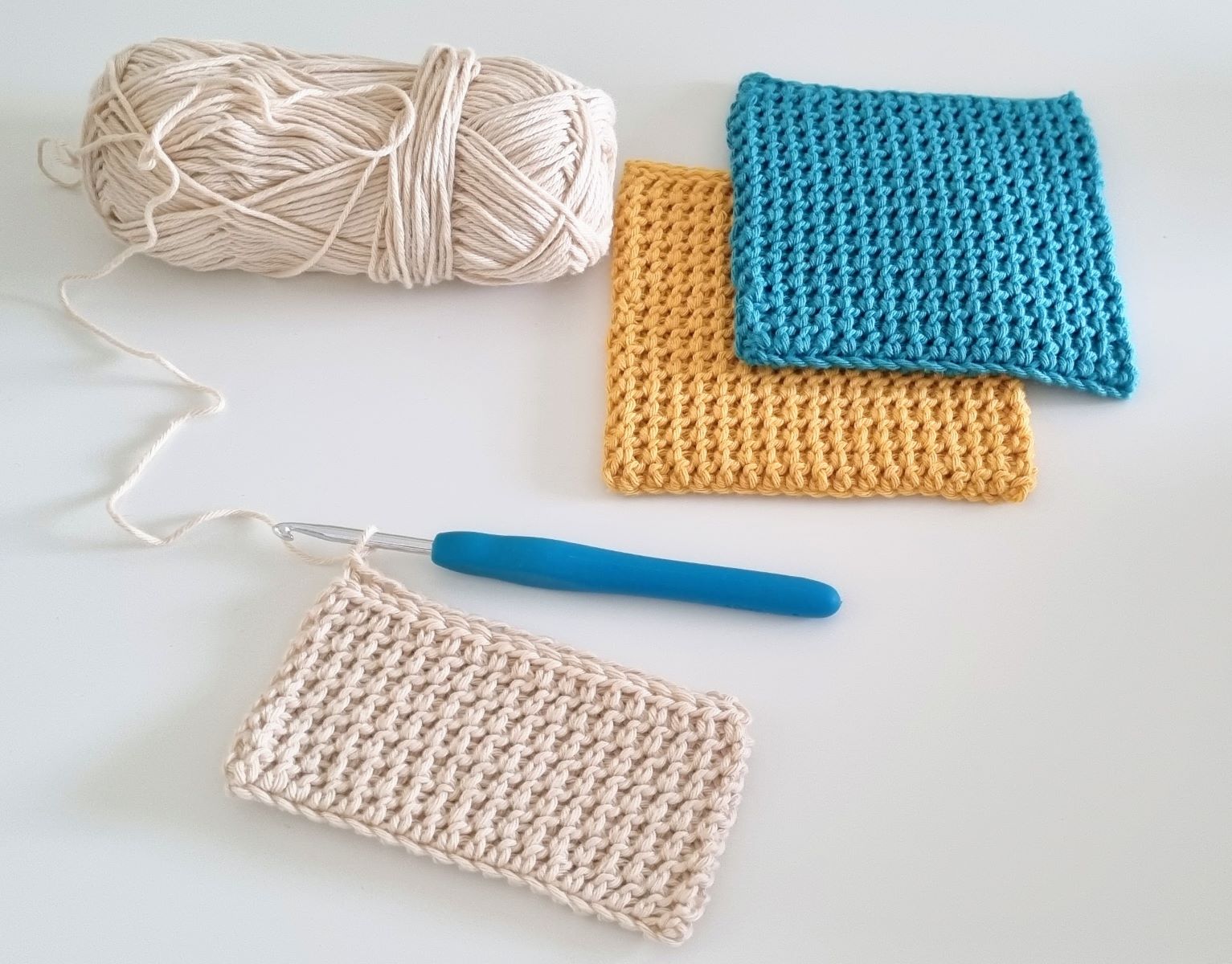

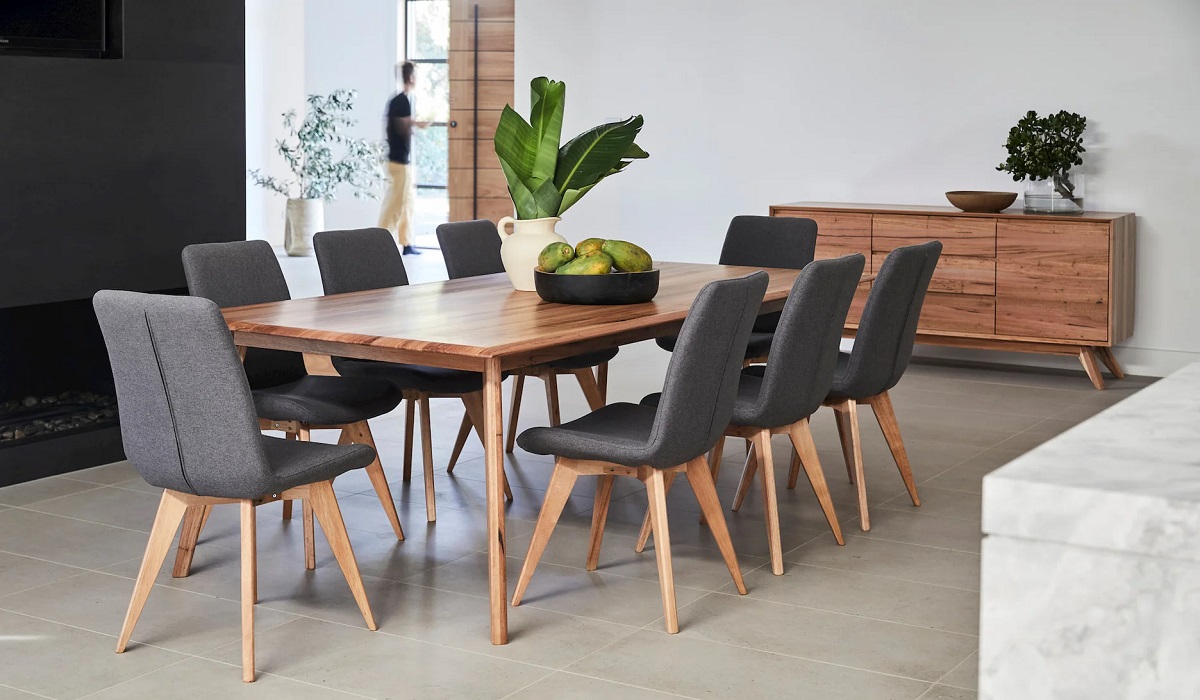
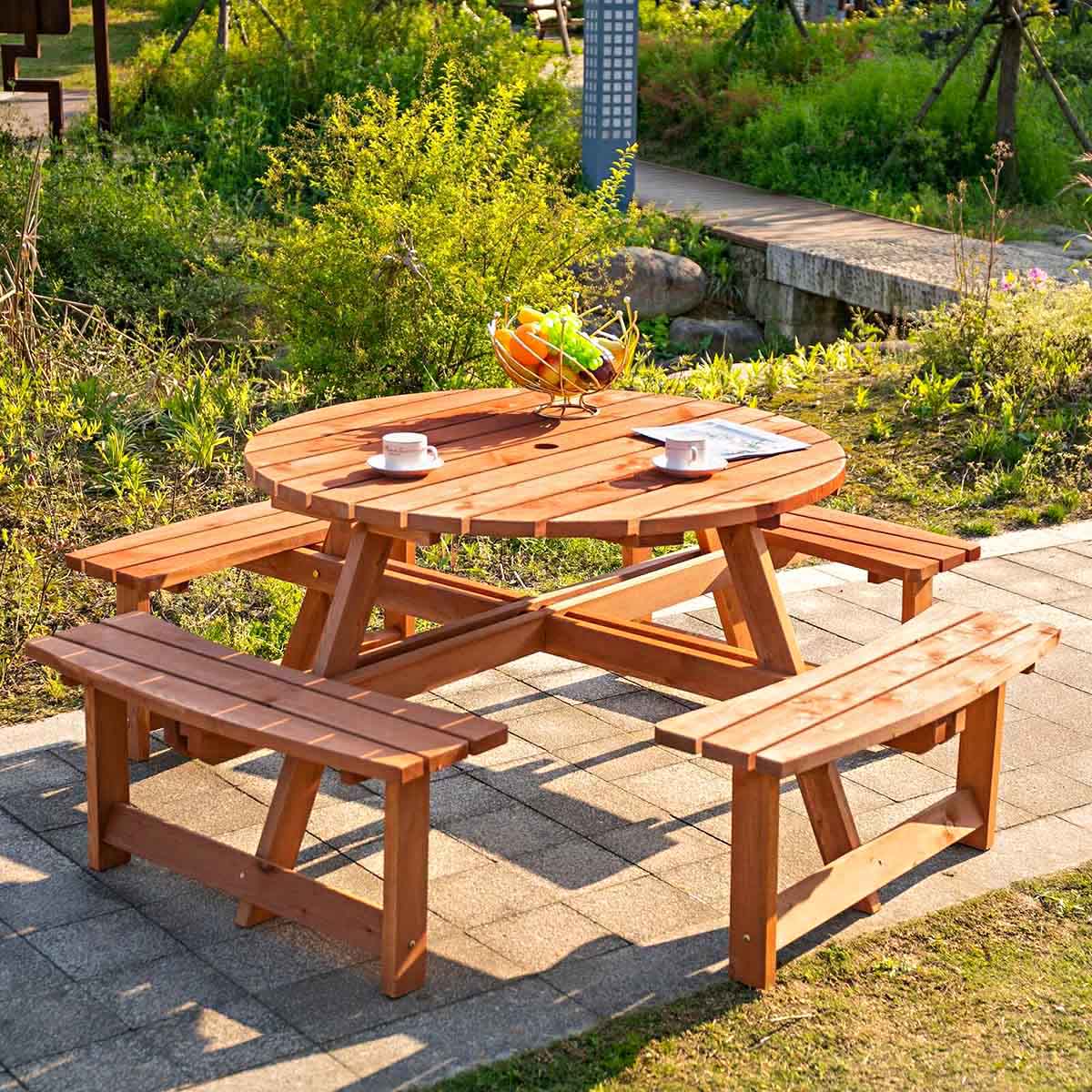
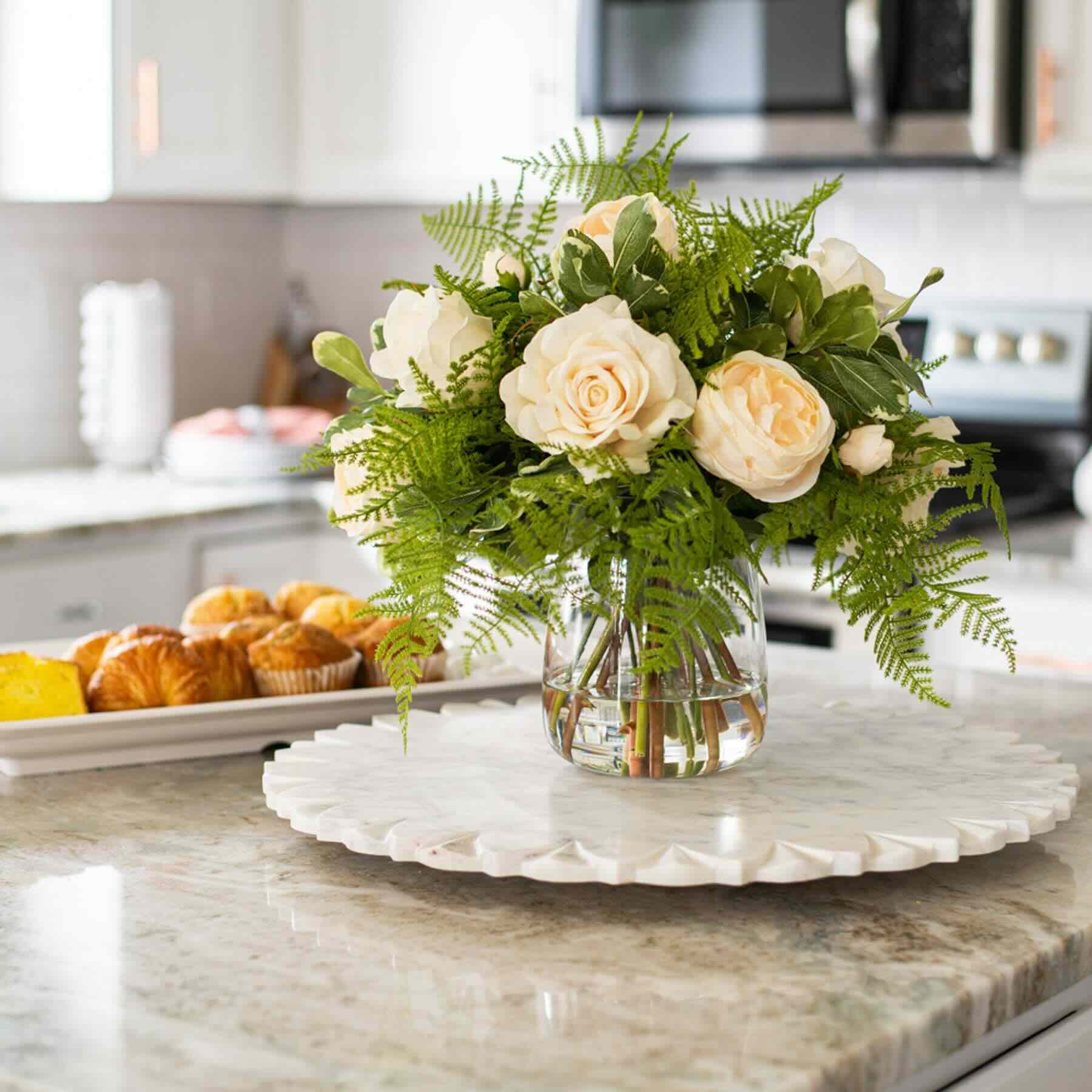
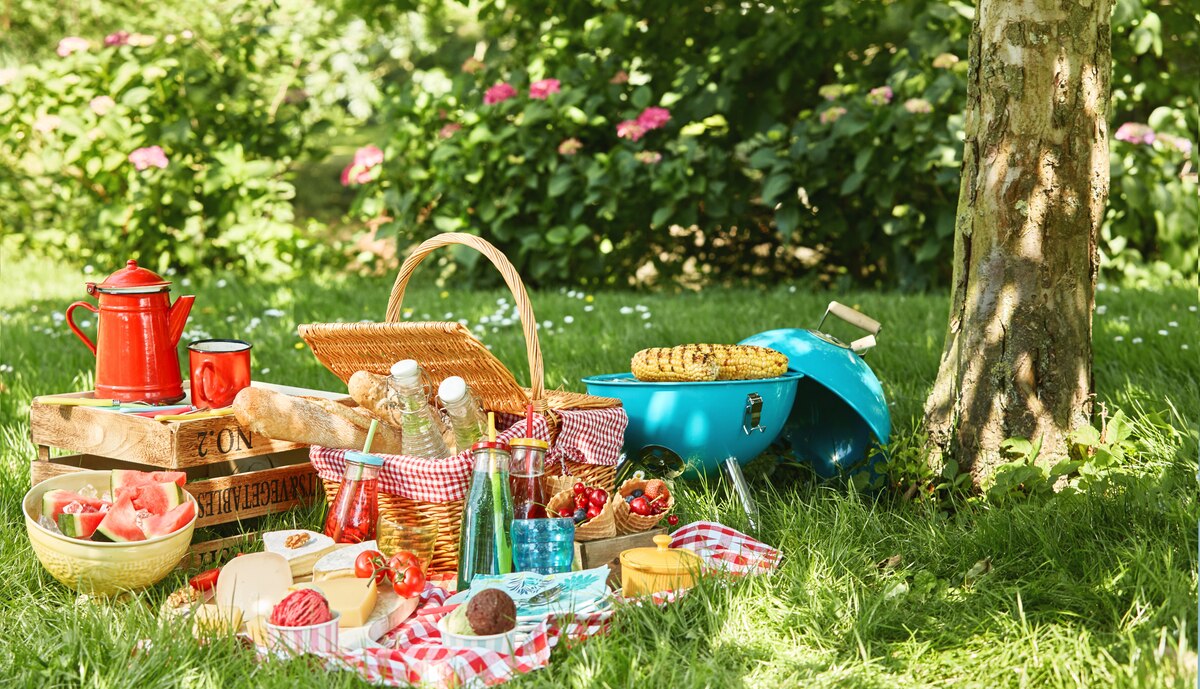
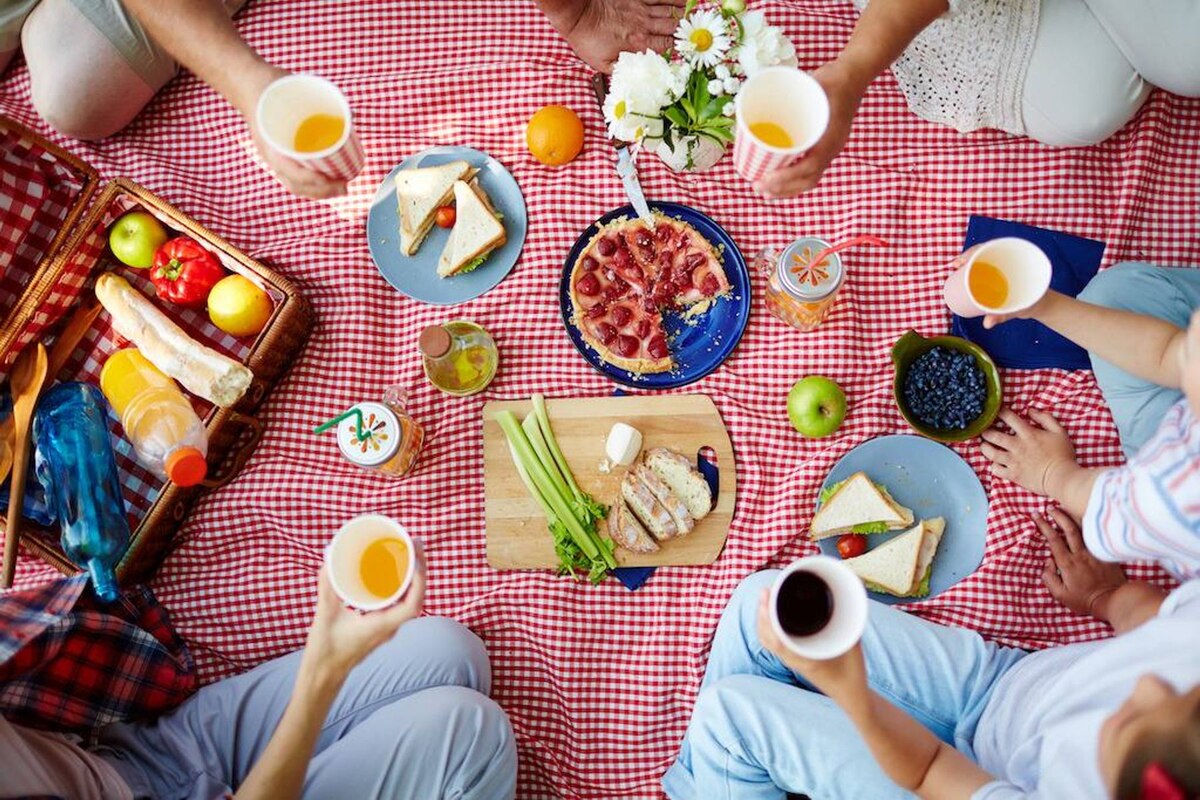
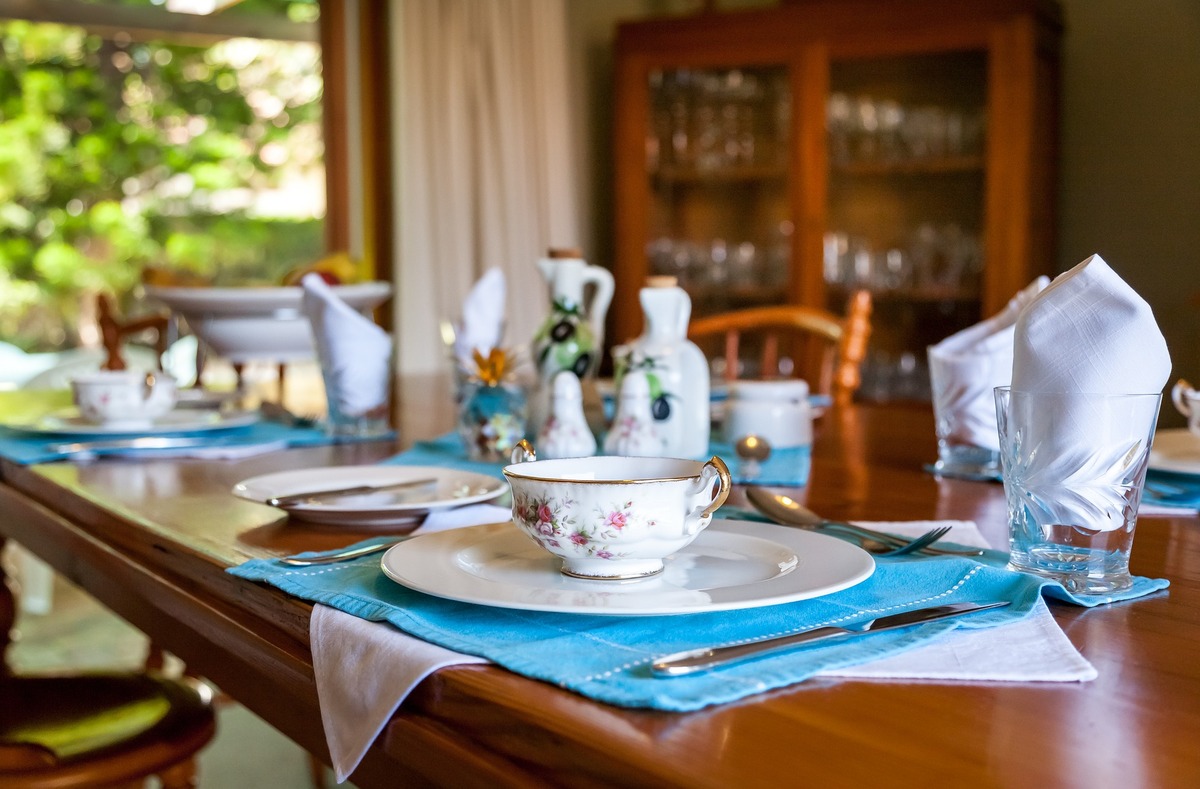

0 thoughts on “What Type Of Wood For A Picnic Table”